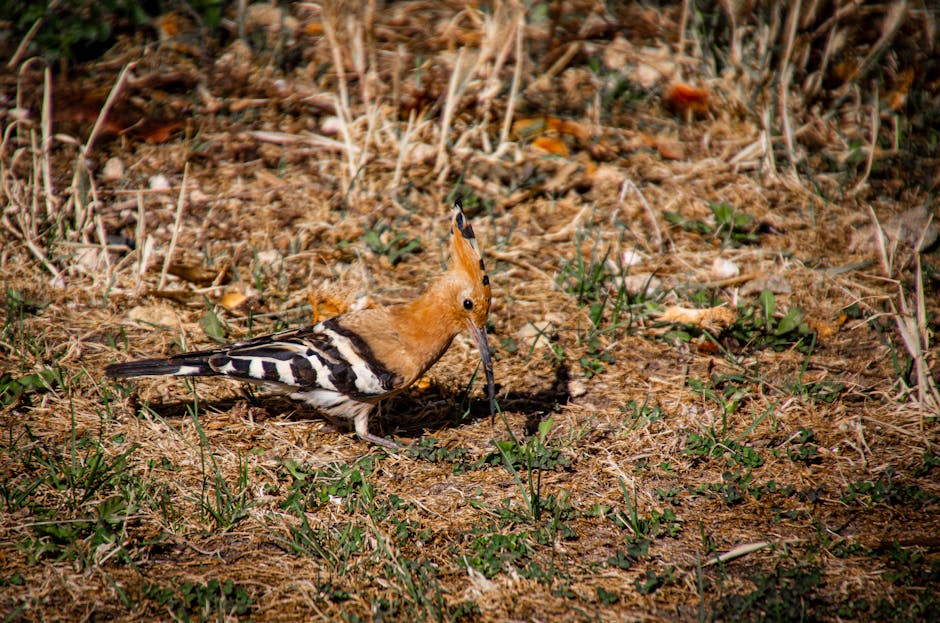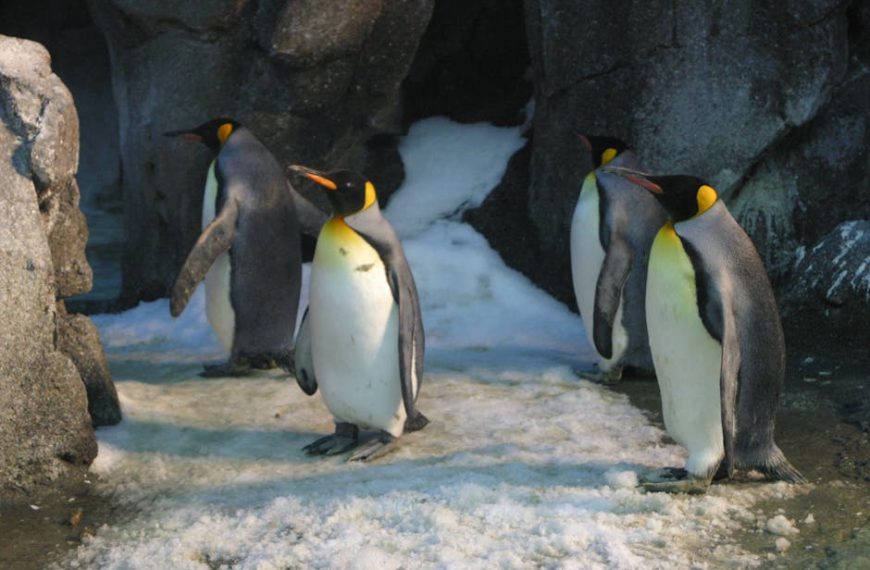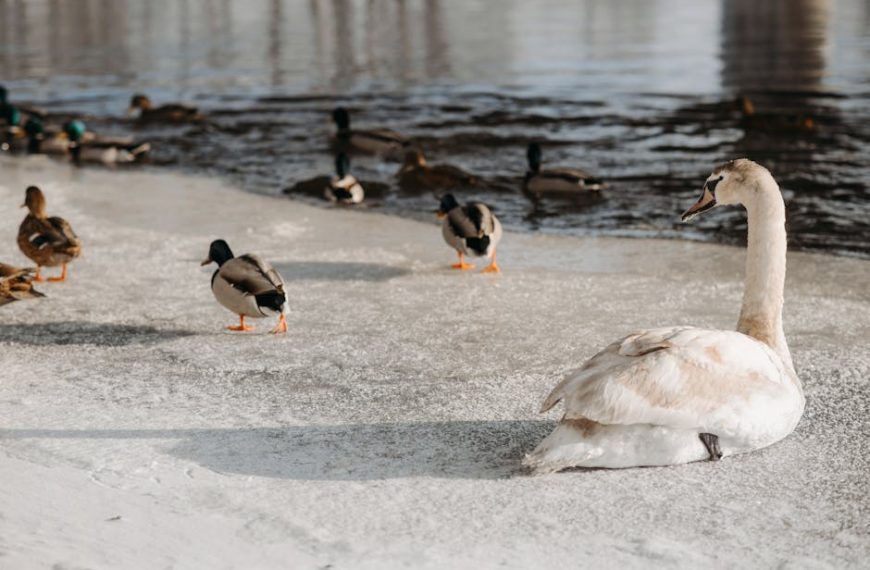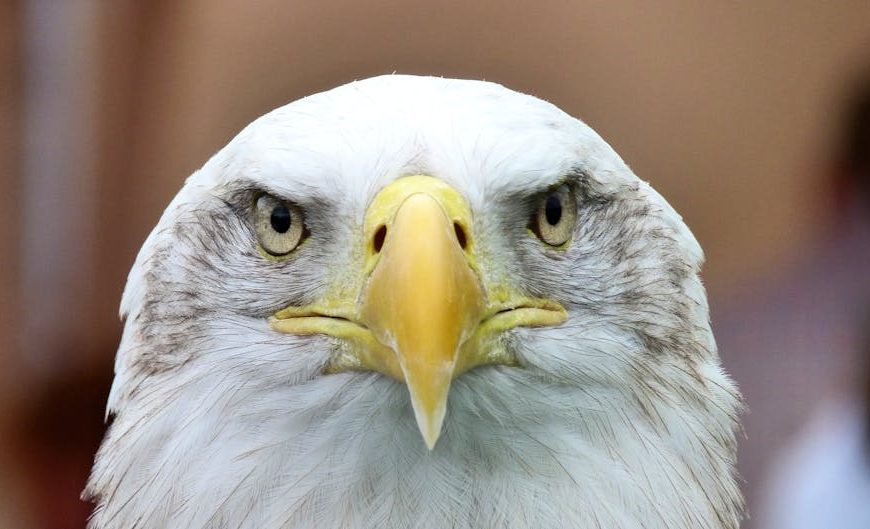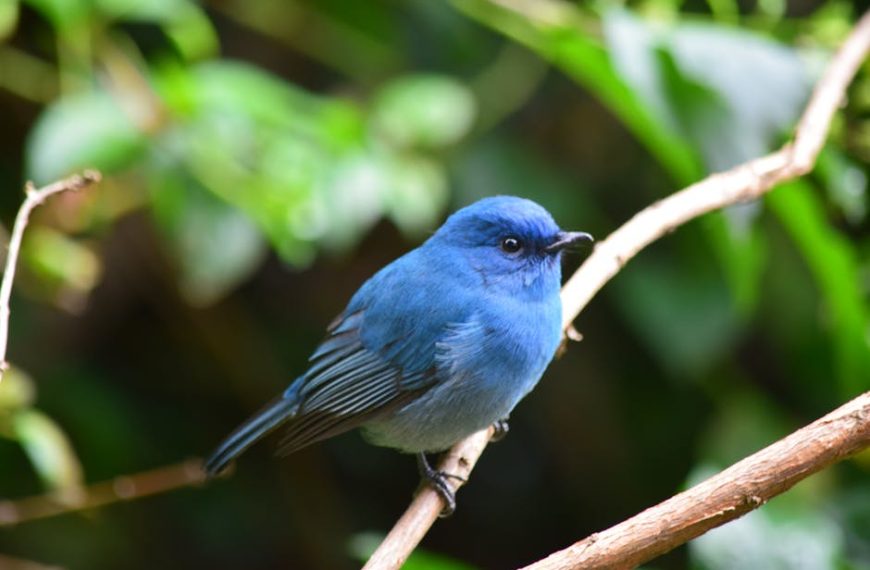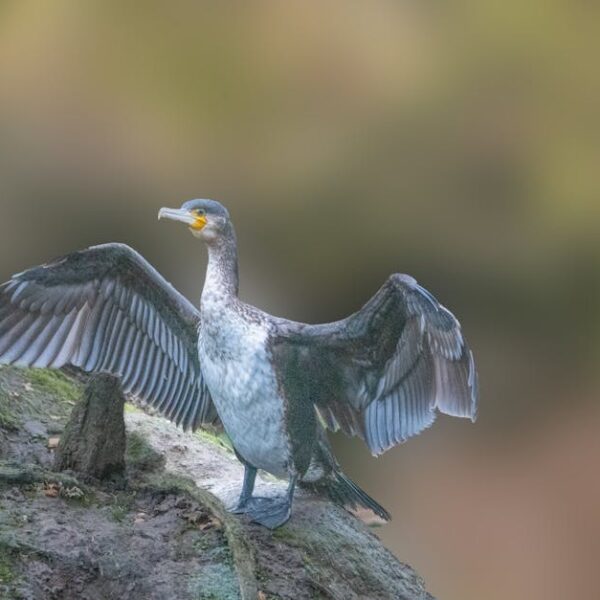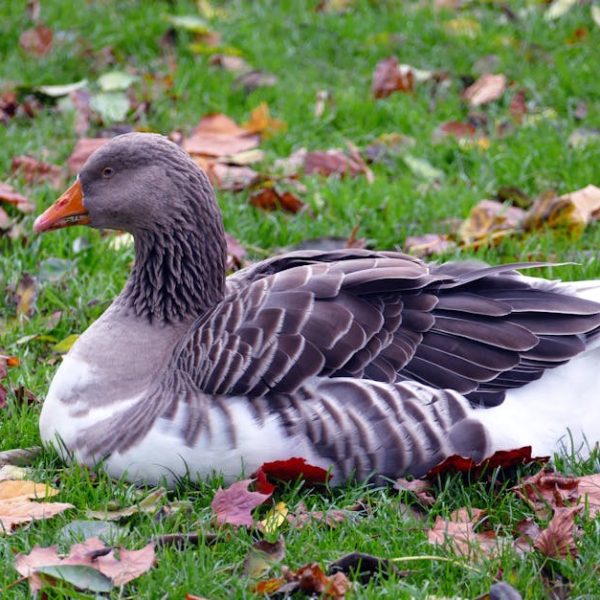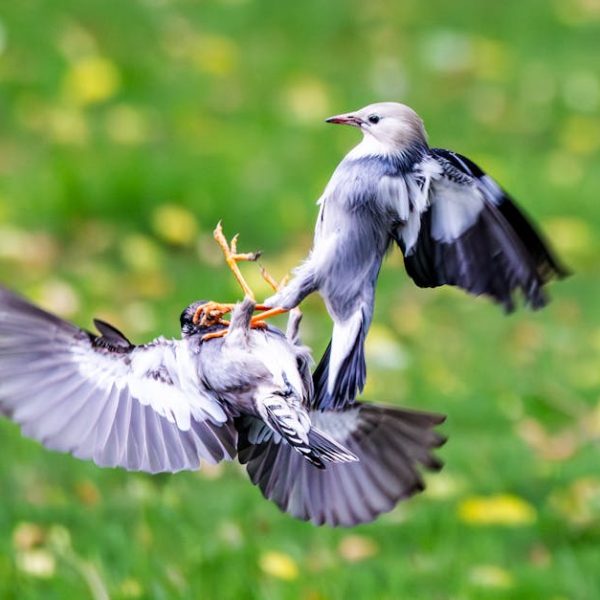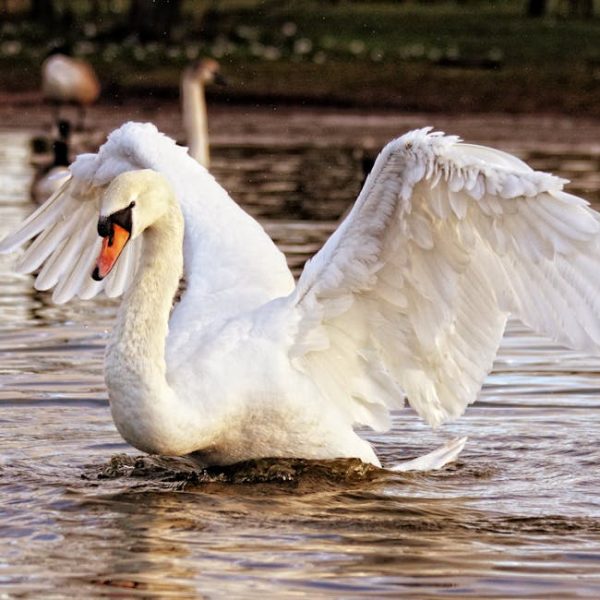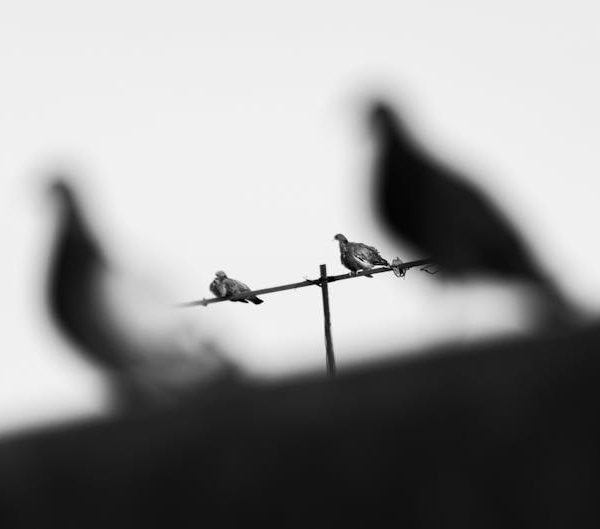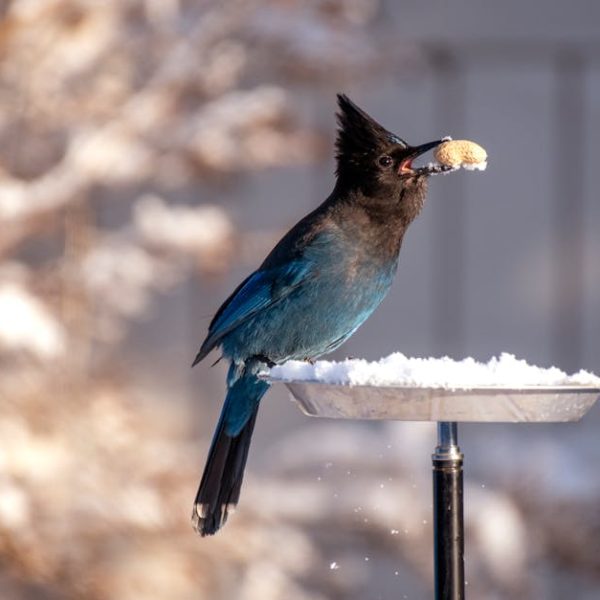The curious habits of our feathered friends have always sparked intrigue and fascination. You might have noticed birds lining up on power lines—seemingly a ubiquitous sight across rural and urban landscapes. This behavior is far from a random quirk. It’s rooted in an intricate interweaving of evolution, survival instinct, and social dynamics.
When you observe birds perched on power lines, you are witnessing a snapshot of bird behavior shaped by millions of years of evolution.
The Science Behind Birds Perching on Power Lines
The preference of birds for power lines over trees as perching spots is no accident. It’s a practice born out of practicality. Power lines provide an unobstructed view of the surroundings, making it easier for birds to spot approaching predators. Safe and hassle-free take-offs and landings also become possible with a clear skyline. Additionally, their elevated positions promote social interaction among the flock.
- Improved visibility for detecting predators.
- Facilitated take-off and landing.
- Encouraged socializing among birds.
Pro Tip: Keep an eye out for the deliberate ‘personal space’ between animals—even birds avoid overcrowding by maintaining a safe distance on the power line, reducing the conflict and territorial disputes.
Power Lines and Thermal Warmth
Contrary to what one might presume, the power lines don’t electrocute birds because birds don’t provide a path of least resistance for the electric current. Additionally, power lines may provide minimal thermal warmth—an attractive prospect for birds in colder climates.
Comparatively, power lines can be more favorable than trees. Trees might sway or rustle, creating an uncertainty that doesn’t exist with sturdy, human-made power lines. Utility companies, acknowledging this preference, have developed bird-friendly solutions to ensure mutual coexistence—like providing perches and discouraging nesting.
Understanding the Social Aspects
Power lines provide a unique social forum for birds. This aerial congregation can be akin to a town hall for birds—a place to communicate, socialize, and even attract mates. While observing, you might notice specific cues indicative of this social interaction:
- Direction-based body language.
- Varied distances between birds.
- Alteration of perching positions.
However, this behavior isn’t without its negatives. Presence on power lines makes birds more visible to predators and exposes them to human-related threats.
Insights into Birds’ Magnetic Perception
Fascinating research suggests that birds might be attracted to power lines due to their unique biological wiring. Birds are known to have a sense of the Earth’s magnetic field—a navigation tool for their long migratory journeys. Power lines, with the magnetic field they generate, could likely seem like irresistible landmarks to these creatures.
Seasonal changes, such as those associated with migration, could potentially impact this behavior on power lines. Despite its benefits, this attraction could lead to a greater risk of collision or entanglement with the lines.
So, while power lines provide critical survival advantages to birds, they’re not without risks. Balancing the benefits and challenges is an ongoing process, and watching it unfold is sure to provide a deeper understanding and appreciation for the complexity of birds’ behaviors.
Birds on Power Lines: A Safety Concern?
One might wonder – if the power lines carry such a high voltage, how do the birds perch on the lines without getting electrocuted? The secret lies in the fact that the birds do not touch the ground or any other grounded source while sitting on the lines. Since the current prefers the path of least resistance, which is along the wire, the birds remain safe as long as they are not touching anything else.
However, that doesn’t mean power lines pose no risk to birds. There’s the risk of collision, particularly for large bird species, and the potential threat of electrocution if two wires are touched simultaneously.
Recognizing this and other potential hazards, power companies have implemented various measures to address the issue. These include:
- Placing barriers around the lines to limit access.
- Using bird flight diverters, which are visual markers that help birds see the power lines and avoid hitting them.
- Installing insulated covers on wires to create a safer perching space.
| Pros | Cons |
|---|---|
| Such measures effectively deter collisions and electrocution risks to a significant extent. | However, given the vast network of power lines, implementing these safety measures on all wires can be a big challenge. |
| Placing covers on wires can also prevent power outages caused by bird activities. | Bird flight diverters can be less effective in poor visibility conditions such as fog or rain. |
Invariably, the sight of birds on power lines prompts us to marvel at nature’s adaptive creations and our complex, interwoven existence with them. Safe perching on power lines, with its balance of risks and benefits, continues to be a testament to the power of evolution and the incredible resilience of our feathered friends. Observing and understanding this behavior not only educates us about the hidden life of birds but also pushes us to devise and implement solutions to ensure their continual safety amidst our ever-growing infrastructure.
Key Takeaway:
- Birds prefer to perch on power lines as they offer a clear view of their surroundings, making it easier to spot predators, and also facilitate take-offs and landings.
- Power lines provide minimal thermal warmth that could be attractive to birds in colder climates.
- Birds use power lines as a social forum to communicate, socialize, and attract mates.
- The behavior of birds being attracted to power lines might be related to their unique biological wiring and magnetic perception.
- Power lines do pose a safety risk to birds due to the risk of collision and electrocution, but utility companies have implemented safety measures that include barriers, bird flight diverters, and insulated covers.
By observing and understanding the behavior of birds perching on power lines, we can not only admire their survival instincts and social dynamics but also contribute to finding novel solutions for their safety and coexistence with our infrastructure.
FAQs
Q: Do birds receive thermal warmth from power lines, and does it vary with different power lines?
A: Yes, power lines may provide minimal thermal warmth that could be attractive to birds, especially in colder climates, although the amount of warmth may vary depending on the type and voltage of the power line.
Q: Can birds sense the high voltage in power lines?
A: Although birds have a sense of the Earth’s magnetic field, it’s unclear whether they can sense the electric current in power lines.
Q: Is the tendency of birds to perch on power lines common to all bird types or specific to certain species?
A: While many birds tend to perch on power lines, the specific behavior can vary depending on the bird species and its unique lifestyle and environment.
Q: If a bird touches two power lines, is there any device that could protect it from getting electrocuted?
A: Power companies often install insulated covers over wires to create safer perching spaces and limit the risk of electrocution.
Q: Is there any legislation in place to protect birds from hazards associated with power lines?
A: Laws and regulations regarding wildlife protection do exist in many areas but their scope and implementation can vary widely.
Enjoyed this article? Don’t forget to share it and explore more fascinating posts on our website!
